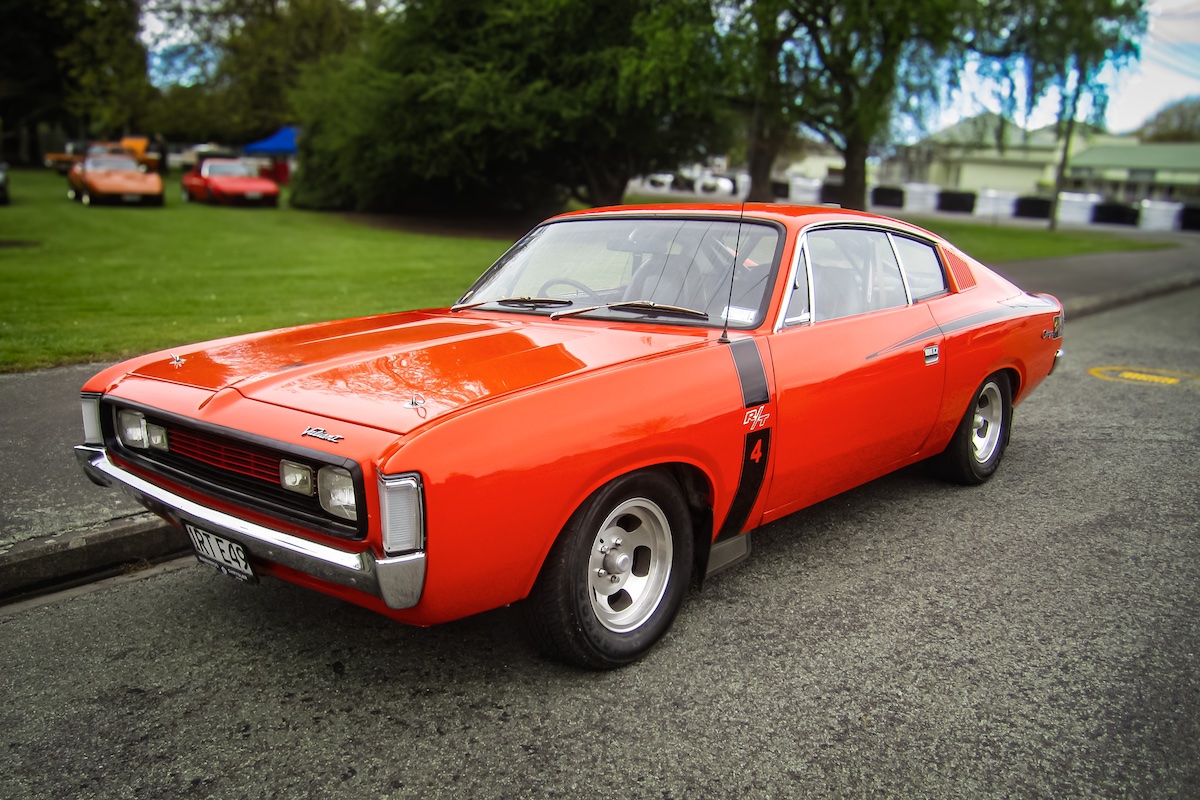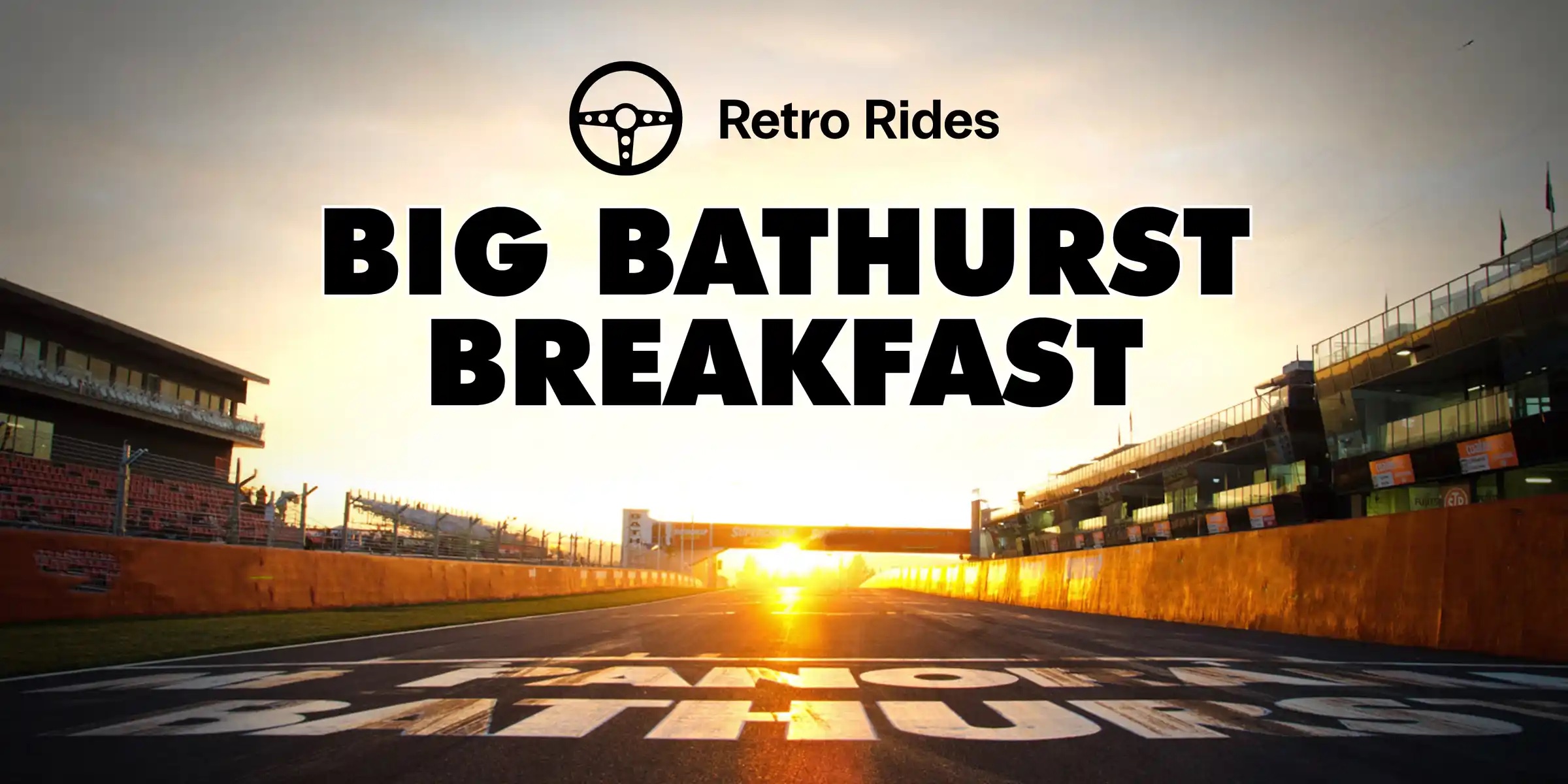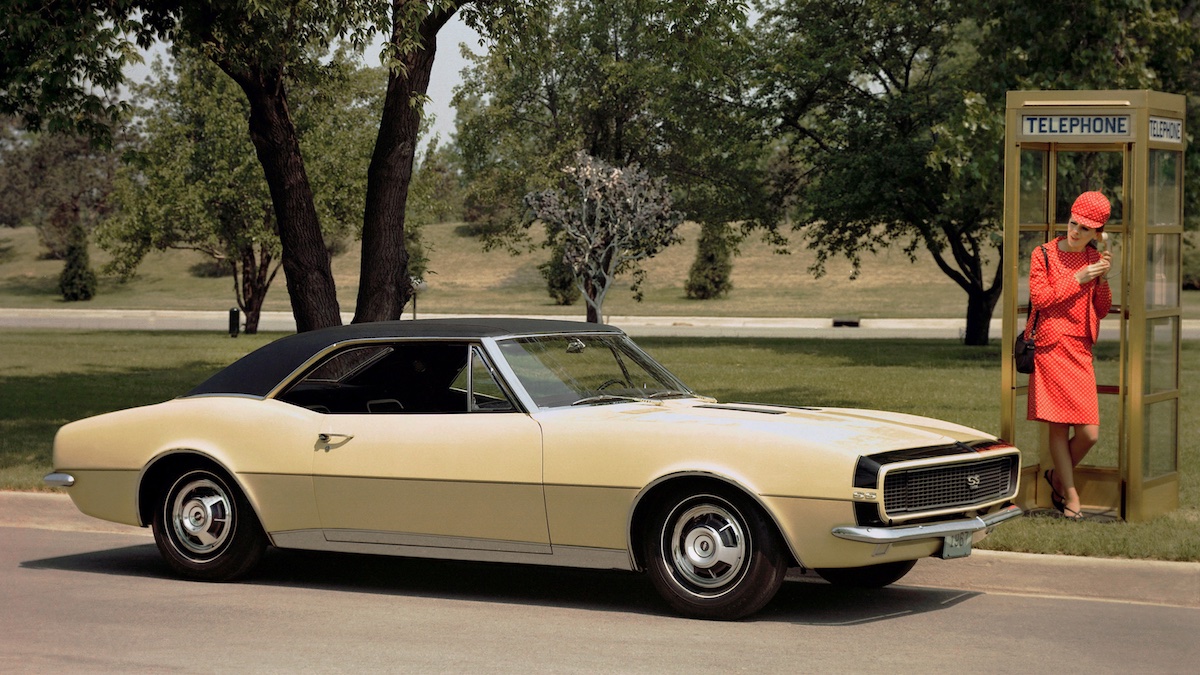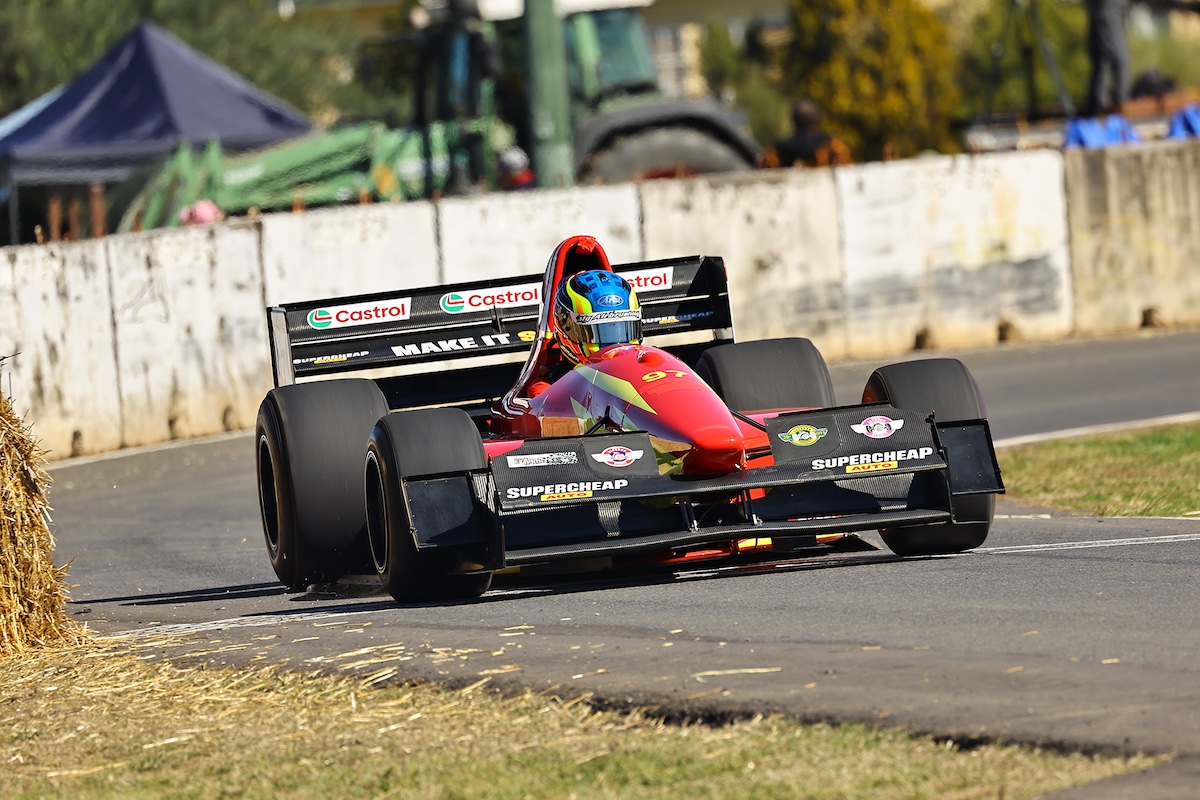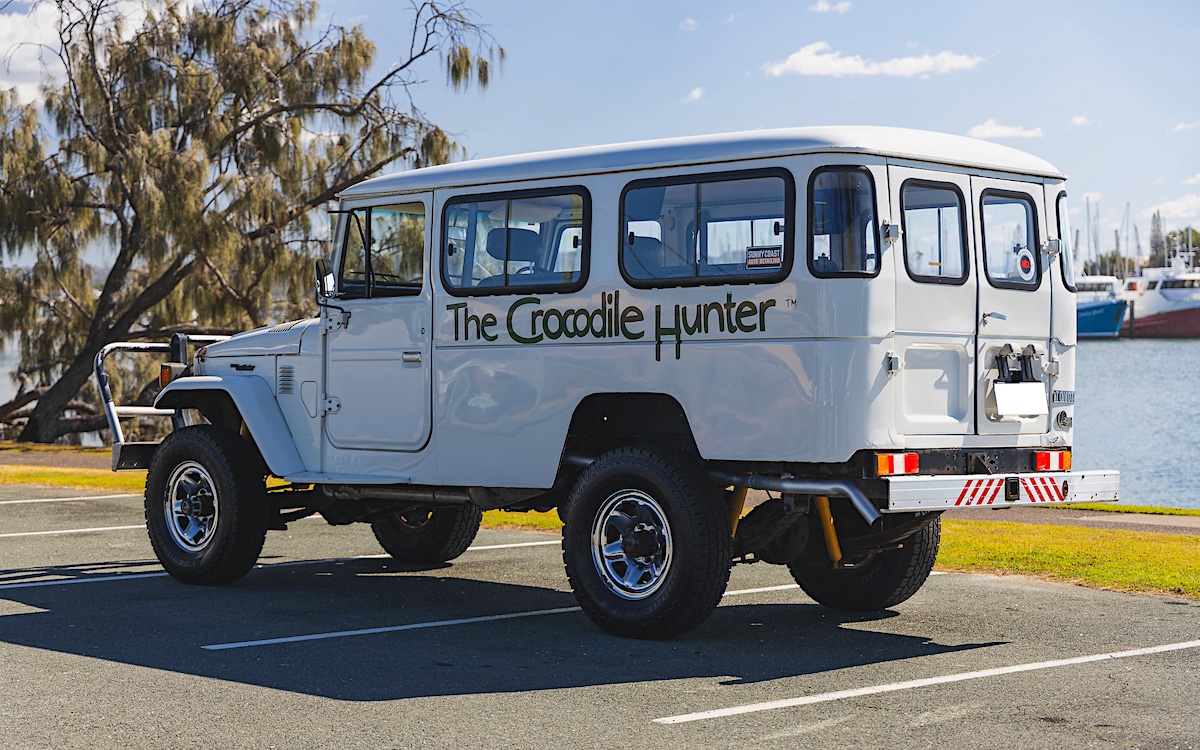Officially faster than a Phase III GT-HO and with just 149 examples ever built, the Valiant Charger E49 should be one of Australia’s most collectable cars, but its failure to win at Bathurst means it lags the values of comparable Ford and Holden muscle car classics.
At the close of the 1960s, the Australian car market was very definitely a Big Three. Too bad the results at Bathurst’s Hardie-Ferodo 500 didn’t look that way. In the 1969 race, the only top 10 finisher not wearing a Holden or Ford badge was an Alfa Romeo 1750, with the first hint of anything Chrysler being a Valiant Pacer 225 in 17th, trailing two four-cylinder Fiats.
That began to change in 1970, with the 4.0-litre (245ci) Aussie-made Hemi Six, good for about 150kW with a two-barrel carb and 175kW with a four-barrel plus some old-school hot-rodding of cam grind and exhaust.
However, while both Ford and Holden were sourcing four-speed manual gearboxes from the US, Chrysler Australia – still straining to reach its 95 percent local content requirement – had to source a local ’box. And a three-speed was all we built.
The 1971 VH Pacer was Australia’s fastest-accelerating six-cylinder sedan, but Chrysler soon had something sexier to offer the body-shirt generation.
Launched in August 1971, the Valiant Charger coupe sat on a wheelbase shortened by 152mm (to 2667mm) with perfectly proportioned, Coke-bottle curves styled by American, Bob Hubbach, whose CV already included the US Dodge Charger R/T 440.
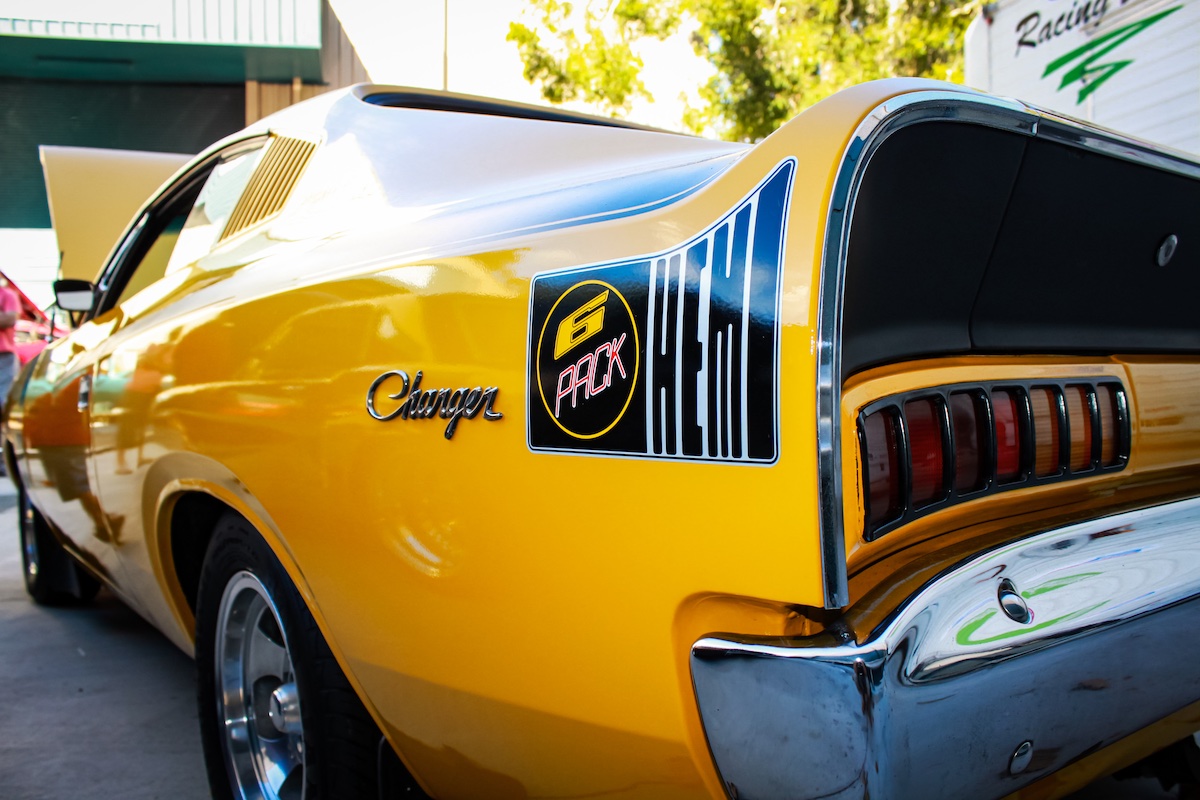
Though sitting between Torana and Falcon in overall length (4564mm), the Charger was full-sized in all but rear legroom. A low transmission tunnel and absent centre console accentuated the wide cabin, appointed with high-backed buckets up front and a broad bench in the rear.
The Bathurst-bound Charger E38, with a 4.3-litre engine boasting 209kW, was no slouch: contemporary magazine tests tore off the quarter-mile in 14.8 seconds. But at Bathurst 1971, where the Charger managed a best outright placing of only seventh (and where the top 20 places were all filled by the Big Three), it was all too apparent that the three-speed gearbox was too great a handicap.
While Ford and Holden worked on their (ultimately banned) V8-engined “supercars” for 1972, Chrysler seized a new four-speed and refined the six-pack Charger further to create the E49.
Like the Ford Falcon GTHO Phase III, but even more overtly so, the Charger E49 was more hand-built, skunkworks special than production-line proletarian. Yet the full-sized coupe was stunning value in 1972, its new price of $4300 being $1000 less than the Phase III and only $600 more than the teeny LJ Torana GTR XU-1.
The 265ci Hemi Six (not a true hemi) was descended from a US truck engine, but was developed and built in Australia. To ensure the race mods would be reliable, an E38 Charger and Chrysler Australia racing manager John Ellis had been dispatched to Weber headquarters in Italy to get the carburettor linkages and tuning spot-on.
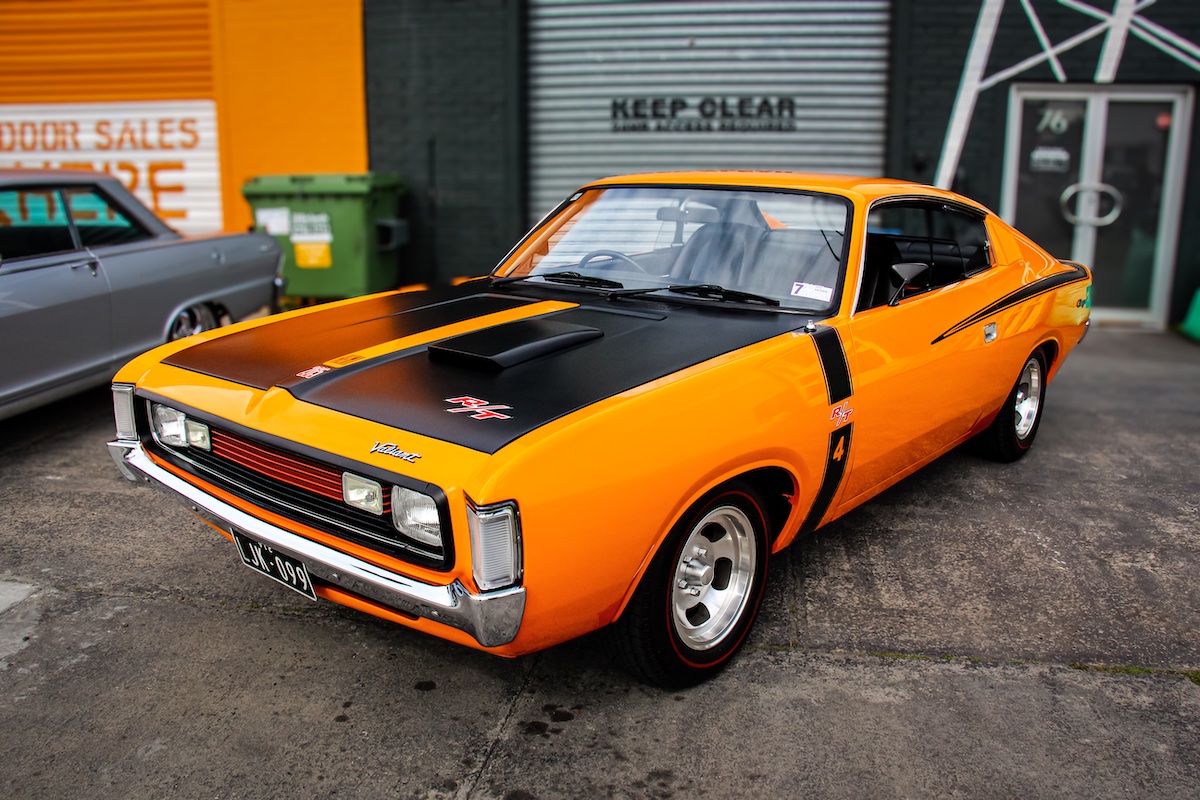
In E49 guise, the seven-bearing engine ran a balanced crank, shot-peened con-rods, triple 45 DCOE Weber carburettors, a lumpy cam and tuned exhaust headers. It made 225kW at 5600rpm and 441Nm at 4100rpm, driving a Borg-Warner D20 four-speed and D52 Sure-Grip limited-slip differential.
Valiants were already well-regarded for their ride and handling refinement. The E49 wrapped the front control arms/torsion bars and rear leaf-sprung, live axle into a tighter, lighter (1372kg), more manoeuvrable package. Its steering lacked power assistance; the disc/drum brake combo was also unboosted.
The E49’s acceleration was tested by Wheels magazine at 6.1 seconds to 60mph (97km/h) and the standing quarter mile in 14.1 seconds. The latter figure bested Chrysler’s own claim by three-tenths. More significantly, both these figures meant the E49 accelerated faster than a Ford Falcon GTHO Phase III.
Just 149 examples were built – yet E49s only occasionally top $200,000 in the collector market, well down on comparable Ford and Holden muscle classics. It’s the Bathurst bogey: the best result the E49 managed in the rain-lashed ’72 race was third for Doug Chivas (after a costly pit stop), with Leo Geoghegan fourth.
Mopar maniacs probably wouldn’t have their underdog hero any other way.

